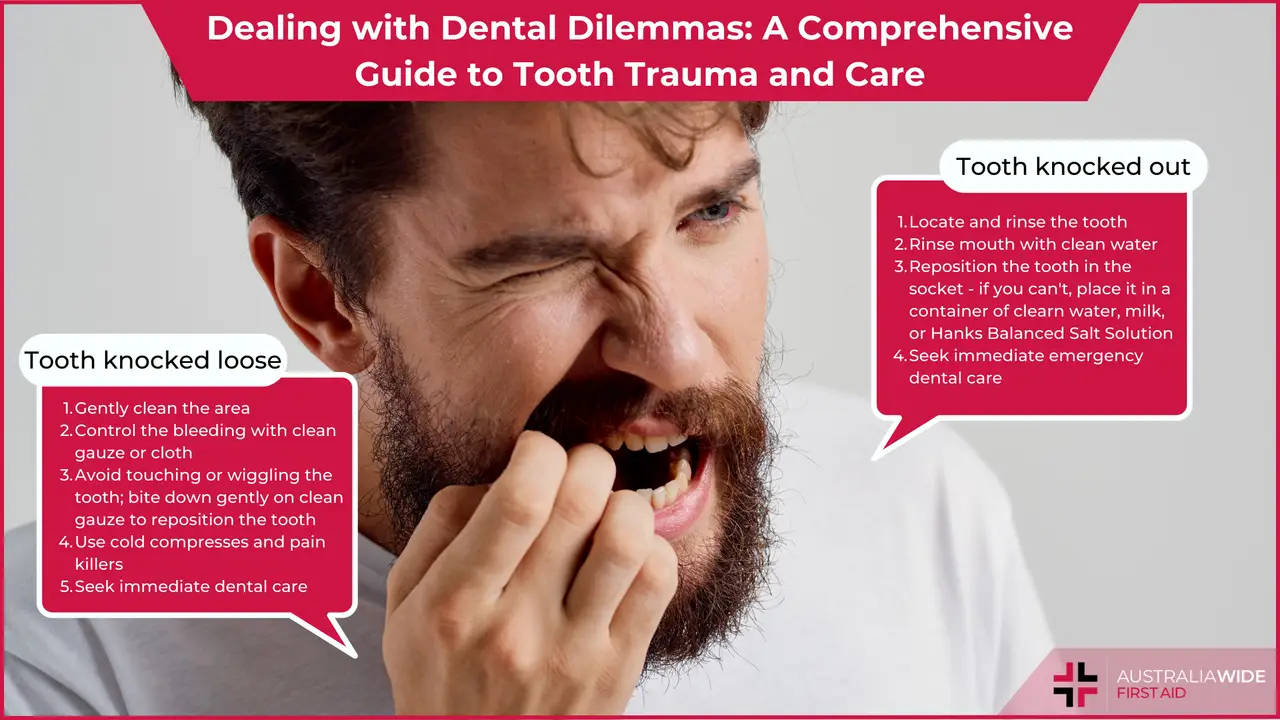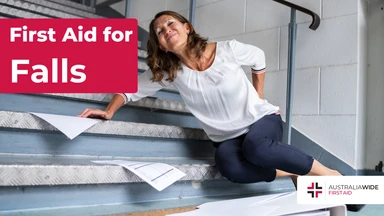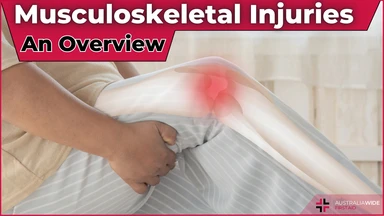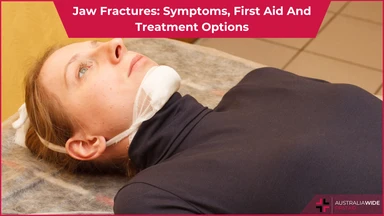Dealing with Dental Dilemmas: A Comprehensive Guide to Tooth Trauma and Care


Accidents happen, and one of the common dental emergencies people may face is knocking a tooth loose due to sports injuries, falls, or unexpected impacts.
If you find yourself in this distressing situation, taking the right actions promptly can significantly impact the tooth's chances of survival and your overall oral health.
Here's a step-by-step guide on what to do when you knock a tooth loose:
A dental injury can be alarming, but staying calm is crucial. Take a moment to assess the severity of the situation. If the tooth is slightly loose and there is no severe pain or excessive bleeding, there might be a chance to save it with appropriate care. Follow, our next steps to ensure you can save pearly whites and keep them glistening.
2. Gently Clean the AreaUse clean water to rinse your mouth gently. This will help remove any debris or dirt around the affected tooth, reducing the risk of infection. Ensure you don’t disturb the injured and traumatised tooth in this process. If the tooth is severely mobile it is best to not disturb the tooth at all.
3. Control BleedingIf there is any bleeding around the affected tooth, use a clean gauze pad or a soft clean cloth to apply gentle pressure to the area. This will help control the bleeding. Keep the gauze in place for about 10-15 minutes. If bleeding persists or is severe, seek immediate medical attention. You can also bite down on a cloth to stop the bleeding.
4. Avoid Touching or Wiggling the ToothAs tempting as it may be to check the tooth's stability, avoid touching or wiggling it with your fingers or tongue. Excessive movement can cause further damage to the surrounding tissues or the tooth's root.
5. Bite Down GentlyIf the tooth feels out of place or misaligned, try to bite down gently on a piece of clean cloth or gauze. This can sometimes help reposition the tooth to its original place. However, only attempt this if the tooth is just slightly loose, and do not force it if it causes pain.
6. Apply a Cold CompressTo reduce swelling and alleviate pain, apply a cold compress or an ice pack wrapped in a cloth to the affected area. Apply it for 15-20 minutes, with breaks of 10 minutes in between. Never apply ice directly to the skin or the injured tooth. A cold compress will reduce the swelling and ensure comfort.
7. Take Over-the-Counter Pain ReliefOver-the-counter pain relief medications such as paracetamol and ibuprofen can be helpful if you experience discomfort or pain. Follow the recommended dosage instructions, and avoid placing aspirin directly on the injured tooth, as this can cause further irritation. Please remember that visiting a dentist is the only way to resolve the solution completely. Please do not overuse over-the-counter painkillers as these can have severe side effects. Please make sure you use it in emergency cases or after proper consultation with a dental surgeon.
8. Seek Immediate Dental CareEven if the tooth appears stable after the initial first aid, it is crucial to see a dentist as soon as possible. Dental professionals can assess the extent of the injury, perform necessary X-rays, and determine the best course of action to save the tooth.
Remember, time is of the essence in such situations. Seeking professional dental care promptly enhances the chances of saving the tooth and preventing complications. Always prioritize your oral health and well-being by seeking immediate attention from a dental professional.
You can download and print our handy First Aid for Tooth Knocked Loose Chart to keep on hand.

A knocked-out tooth, also known as dental avulsion, is a dental emergency that demands immediate attention. It is a relatively common occurrence and can happen to people of all ages due to various reasons like falls, accidents, or facial injuries.
When a tooth gets knocked out, it may come out whole or in fragments. If the tooth remains intact, there is a possibility of saving and reimplanting it.
It is crucial to act swiftly as the tooth is exposed to potential contamination once it's out of the socket. Bleeding from the empty socket and injuries to the surrounding gums may also occur.
If you accidentally knock out a permanent adult tooth, acting swiftly is crucial to improve the chances of reimplantation.
If your child knocks out a baby tooth, refrain from attempting to reinsert it, as it may damage the underlying adult tooth. Save the tooth in milk and bring your child to a dental office.
You can download and print our handy First Aid for Knocked Out Tooth Chart to keep on hand.

In conclusion, dental emergencies like a knocked-loose tooth can be alarming, but staying calm and taking prompt action can make a difference.
Remember to seek professional dental care immediately, as early intervention greatly influences the success of saving the tooth and preventing further complications. Your dentist is the best person to assess the situation and provide the appropriate treatment to ensure a healthy and glowing smile.
Having a first aid kit handy will ensure you have the correct equipment at hand. Likewise, keeping your first aid training up to date will allow you to respond to dental trauma efficiently and effectively.
The following resources might also be of interest to you:
And for our full suite of downloadable resources, head to our First Aid Chart library.

March 6, 2025
Falls are one of the most common causes of injury, particularly among children and older adults. Whether it’s a simple trip or a serious fall from height, knowing how to administer first aid can prevent further injury and, in some cases, save a life.

October 1, 2024
The musculoskeletal system is the foundation of human movement, support, and protection, playing a critical role in our ability to perform everyday tasks. Understanding the components and functions of the musculoskeletal system is essential for preventing injuries and managing conditions that may arise, particularly in workplaces where manual handling tasks are common.

August 28, 2024
A jaw fracture is a break or crack in the jawbone. This type of injury can occur due to various reasons and may result in considerable pain and difficulty in performing everyday activities like eating and speaking.